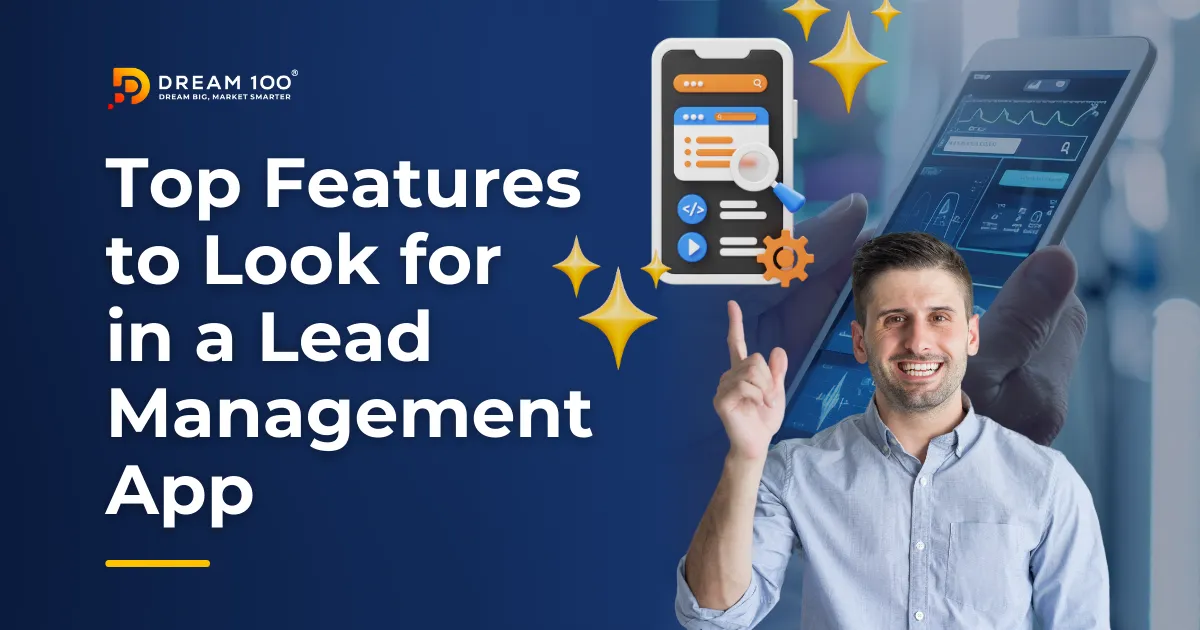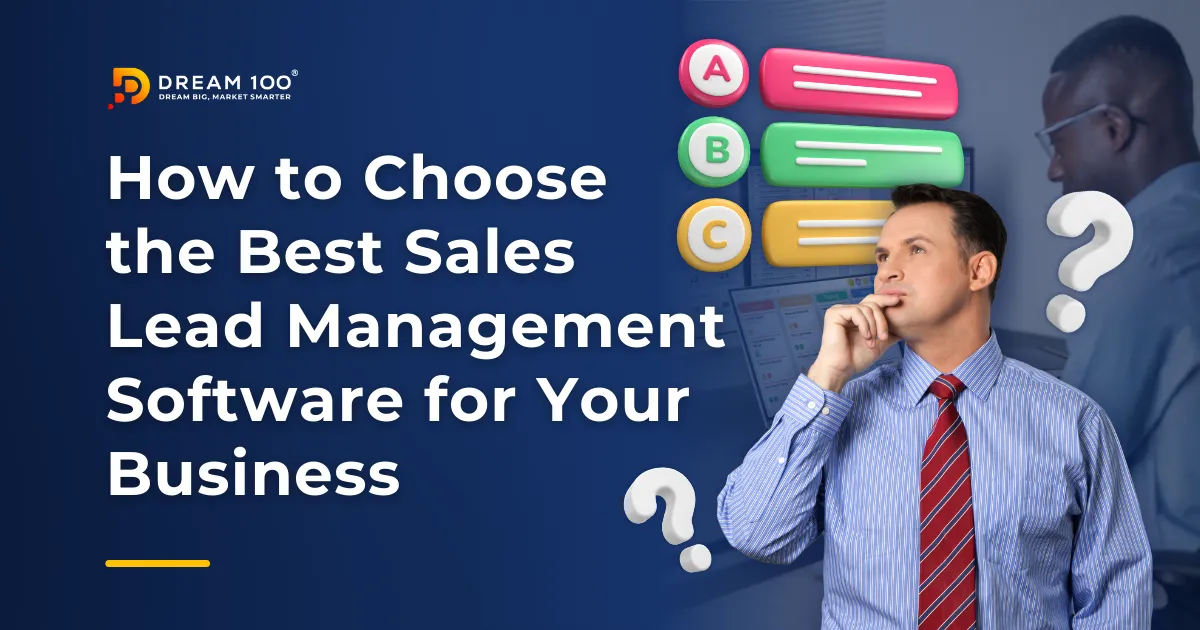Marketing automation for financial services transforms how institutions engage with their clients, streamlining operations and enhancing customer experiences. This technology empowers businesses to automate complex, time-consuming tasks, allowing staff to engage in more strategic activities.
From lead generation to customer retention, these workflows simplify processes and ensure every client interaction is personalized and timely. Let’s explore how these automated solutions can revolutionize your approach and help you maintain a competitive edge in the dynamic financial sector.
Financial Marketing Automation: Optimizing Client Acquisition

Financial marketing automation for financial services refers to using technology to automate tasks and workflows. This technology helps financial institutions efficiently manage marketing campaigns and customer interactions across multiple channels, such as email, social media, and web platforms.
The primary goal of financial marketing automation is to increase efficiency and enhance the effectiveness of marketing efforts by automating repetitive tasks. This allows marketers and financial advisors to focus more on strategy and less on the mechanics of campaign execution.
Key Benefits: Enhanced Targeting and Segmentation
One of the most significant perks of marketing automation for financial services is the ability to implement enhanced targeting and segmentation. Here’s how these benefits break down:
- Improved Accuracy in Targeting: Marketing automation tools utilize modern data analytics to identify and target specific customer segments. By analyzing customer data, financial institutions can create more tailored marketing messages that resonate with particular groups. This precision in targeting helps deliver the right message to the right person at the right time, increasing the likelihood of conversion.
- Dynamic Segmentation Capabilities: As customer preferences and behaviors change, marketing automation for financial services can adapt dynamically. Customer segments can be updated based on interactions and engagement with previous campaigns. Dynamic segmentation helps maintain relevance in communication, which is crucial for customer retention and acquisition.
- Efficiency in Scaling Operations: With marketing automation, financial services can quickly scale their marketing efforts without a corresponding increase in overhead or resources. Automation allows for rapidly deploying campaigns across different channels and customer segments, facilitating a broader reach while maintaining high personalization and attention to detail.
- Enhanced Customer Insights: Through continuous monitoring and data collection, marketing automation platforms provide valuable insights into customer behaviors and preferences. These insights enable financial institutions to refine their marketing strategies and develop more effective campaigns.
By leveraging marketing automation for financial services, institutions can enhance their client acquisition strategies through targeted, efficient, and responsive marketing efforts. This leads to higher conversion rates and builds a foundation for lasting customer relationships.
Automated Marketing for Financial Services: Streamlining Client Onboarding

By integrating automated marketing for financial services into the onboarding journey, institutions can ensure each client’s smooth, consistent, and personalized experience.
Automation helps streamline the collection and processing of new client information, reducing the time and effort required for manual entries and follow-ups. This efficiency speeds up the onboarding process and reduces the chances of mistakes, which can be critical in building trust with new clients.
Tools and Technologies That Facilitate Seamless Onboarding
Several tools and technologies are pivotal in automating the client onboarding process for financial services:
- CRM Systems: Customer Relationship Management (CRM) systems are at the heart of effective onboarding automation. These systems manage client data securely and efficiently, ensuring that all information is accessible when needed and is kept up-to-date. Integrating with other tools, such as email marketing platforms and workflow automation systems, creates a cohesive onboarding experience.
- Workflow Automation Platforms: These platforms help design and implement specific workflows for client onboarding. Tasks such as sending welcome emails, scheduling initial meetings, and document processing can be automated, ensuring timely and relevant interactions with the client.
- Document Management Tools: Automating document management reduces the paperwork burden on clients and service providers. Tools that allow for electronic signing, secure document uploads, and automatic compliance checks are essential for a smooth onboarding process.
- AI and Machine Learning: Advanced technologies like AI and machine learning can predict and automate needs during the onboarding process. For example, AI can customize the onboarding materials based on the client’s prior interactions and preferences.
Best Practices for Implementing Automated Onboarding Workflows
To effectively implement marketing automation for financial services in the client onboarding process, consider the following best practices:
- Personalize the Onboarding Experience: Use the data collected during the initial stages to personalize the interactions. Personalization can range from addressing the client by name in communications to customizing the onboarding materials based on their financial goals and needs.
- Ensure Compliance and Security: Automated systems must adhere to industry regulations and standards about data protection. Regular audits and updates to the automation platforms ensure compliance and secure handling of client information.
- Provide Human Touchpoints: While automation greatly enhances efficiency, the importance of human interaction cannot be overlooked. Ensure there are opportunities for personal interactions, such as phone calls or in-person meetings, especially in complex situations.
- Gather Feedback and Optimize: Continuously collect feedback from new clients regarding their onboarding experience. Use this feedback to optimize the automation workflows, making necessary adjustments to improve the process further.
Implementing these tools and best practices in marketing automation for financial services not only streamlines the onboarding process but also enhances client satisfaction and engagement from the outset.
Marketing Automation for Financial Advisors: Nurturing Client Relationships

Effective relationship management is pivotal in marketing automation for financial advisors, as it forms the cornerstone of client trust and satisfaction. Strong relationships enhance client retention and increase the potential for referrals, which are vital for business growth.
Marketing automation for financial services plays a crucial role here. It enables advisors to maintain and deepen client relationships through consistent, relevant, and personalized communication, ensuring clients feel valued and understood.
How Automation Supports Continuous Engagement
Marketing automation for financial services provides several mechanisms that support continuous engagement, an essential component of effective client relationship management:
- Automated Communication Triggers: Automated systems can send out communications based on specific triggers such as birthdays, anniversaries, or significant changes in the market. This timely communication helps clients feel connected and reassured that their advisor is proactive and attentive to their needs.
- Scheduled Communications: Regular updates, newsletters, and personalized reports can be scheduled and automated, ensuring consistent touchpoints without manual intervention. This regularity helps keep the financial advisor top-of-mind and fosters a sense of reliability and stability.
- Real-Time Alerts: Automation tools can alert advisors immediately about important client activities or opportunities, such as significant deposits, withdrawals, or other transaction activities. These alerts enable advisors to offer timely advice, further personalizing the client’s experience.
Strategies for Using Automation to Provide Personalized Client Services
To effectively use marketing automation for financial services in enhancing client relationships, financial advisors should employ the following strategies:
- Segmentation and Personalization: Use the data gathered through CRM and other sources to segment clients based on their financial goals, interests, and behaviors. Personalize communications and advice based on these segments, ensuring the information is relevant and tailored to each client.
- Feedback Loops: Implement automated surveys and feedback tools at various points in the client journey. Use this feedback to continuously improve service offerings and communication strategies, making adjustments based on what clients find valuable and engaging.
- Integrated Client Portals: Use automation to provide clients with access to personalized, up-to-date information about their investments and financial plans through client portals. These portals can offer educational content, real-time data, and interactive tools, enhancing the client’s engagement and empowerment.
- Proactive Service Offers: Automate the identification of opportunities where clients may benefit from extra services or adjustments in their financial planning. Proactively reaching out with these suggestions demonstrates attentiveness and commitment to the client’s long-term financial health.
By leveraging marketing automation for financial services, financial advisors can enhance their relationship management efforts. They can provide a high level of personalized service that meets each client’s unique needs and preferences, thus driving loyalty and satisfaction.
Conclusion
Marketing automation for financial services is not just a tool; it’s a transformative force that reshapes how financial institutions engage with clients. From optimizing client acquisition to streamlining onboarding processes and nurturing long-lasting relationships, the capabilities of marketing automation for financial services are integral to modern financial strategies. By embracing these automated solutions, financial advisors and institutions can ensure they not only meet but exceed the evolving expectations of their clients.
Eager to see how marketing automation for financial services can revolutionize your institution? Discover the possibilities with Dream 100® and start your journey towards enhanced efficiency and client satisfaction today. Visit us at Dream 100® contact page to learn more and get in touch!




